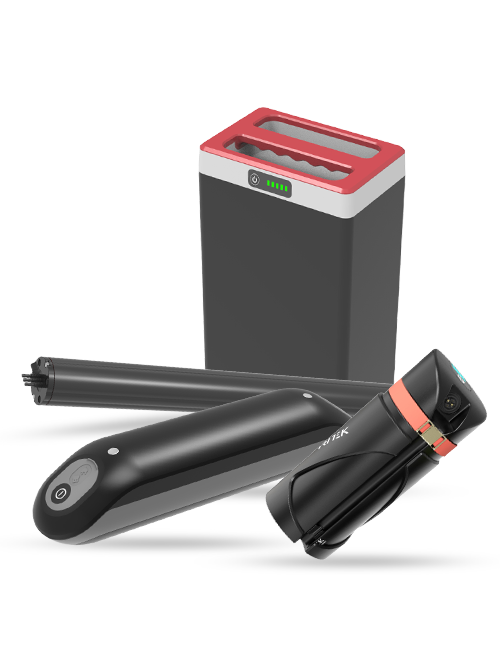Light Electric Vehicles (LEVs) are transforming the way we move, providing sustainable alternatives to gas-powered transportation. Whether it’s an e-bike zipping through city streets, an e-scooter for short commutes, or a micro-car for urban deliveries, the heart of every LEV is its battery. Understanding the classifications of LEV battery is vital—not just for manufacturers, fleet operators, and vehicle designers, but for anyone looking to optimize performance, ensure safety, and meet regulatory standards.
LEV batteries are categorized by chemistry (e.g., Lithium-ion, Lead-Acid), voltage levels (Class A ≤60V DC, Class B 60V-1500V DC per EN 50604-2016+A1:2021), application (two-wheelers, three-wheelers, four-wheelers), safety standards (EN 50604, UL 2271), configuration style (single, dual, multi-battery), and physical construction (integrated or removable). These classifications guide the selection of batteries tailored to specific LEV needs.
In this article, we break down the main categories used to classify LEV batteries, explain how they influence performance and safety, and show how manufacturers like Tritek offer solutions tailored to every classification. Let’s explore the structure behind the power.
Battery Chemistry
Choosing the right battery depends on the characteristics of each chemistry—such as energy density, thermal stability, cycle life, and cost.
Lithium-ion (Li-ion): High energy density (180-250 Wh/kg) and lightweight. Ideal for e-bikes and scooters balancing weight and range.
Lithium Iron Phosphate (LiFePO4): Sacrifices some energy density (90-160 Wh/kg) for superior thermal stability and safety. Critical for high-temperature regions or heavy-duty vehicles.
Nickel Metal Hydride (NiMH): An older technology with moderate energy density (60-120 Wh/kg). Fading from LEVs due to memory effect and weight.
Lead-Acid: Heavy (30-50 Wh/kg) and short-lived (300-500 cycles). An economical choice, mainly used in low-cost, short-range three-wheelers.
Voltage Levels
The most fundamental classification divides LEV batteries by voltage level, impacting their regulatory category, safety requirements, and use case. The EN 50604-2016+A1:2021 standard—likely to become an EU-wide requirement—defines two major classes:
Class A Batteries:
- Voltage: ≤30V AC or ≤60V DC
- Applications: E-bikes, lightweight e-scooters, small delivery trikes
- Safety Profile: Requires basic protection due to lower risk
Class B Batteries:
- Voltage: 30V–1000V AC or 60V–1500V DC
- Applications: Cargo e-bikes, micro-cars, industrial quadricycles
- Safety Profile: Subject to stringent testing for thermal runaway, crash safety, and electric fault resilience
| Class | AC Voltage | DC Voltage | Typical LEV Applications |
|---|---|---|---|
| A | ≤30V | ≤60V | Standard e-bikes, e-scooters |
| B | 30V–1000V | 60V–1500V | Cargo bikes, micro-cars, heavy trikes |
⚠️ Misclassifying a Class B pack as Class A risks catastrophic failure. A 72V cargo bike battery requires EN 50604 Class B certification, not Class A.
Application-Based
Battery requirements differ based on the LEV’s size, usage, and expected load.
- Two-Wheelers (E-Bikes, E-Scooters): Mostly use Class A batteries for compact size, lightweight, and low-power needs.
- Three-Wheelers (Cargo Trikes, Passenger Trikes): Tend to adopt Class B batteries (≥60V) for greater torque and extended range, with robust enclosures.
- Four-Wheelers (Micro-Cars, Quadricycles): Exclusively use Class B batteries. Require automotive-grade systems with advanced thermal and electrical management.
Safety & Compliance
Battery classification also depends on the safety standards a pack complies with—essential for entering international markets and ensuring product reliability.
EN 50604-2016+A1:2021 (EU):
- Covers rigorous testing for mechanical impact, thermal performance, vibration, and simulated crashes
- Expected to be a mandatory EU standard
UL 2271:2018 / ANSI UL 2271 (U.S. and Asia):
- Focuses on failure scenarios like crush, immersion, temperature cycling, and labeling durability
- Widely recognized in North America and parts of Asia
| Test Category | EN 50604-2016+A1:2021 | UL 2271:2018 |
|---|---|---|
| Mechanical | Impact, Vibration | Crush, Vibration |
| Environmental | Temp Cycling, Humidity | Temp Cycling, Immersion |
| Electrical Safety | Short Circuit, Overcharge | Imbalanced Charging |
| Structural Integrity | Crash Simulation | Mold Stress, Handle Load |
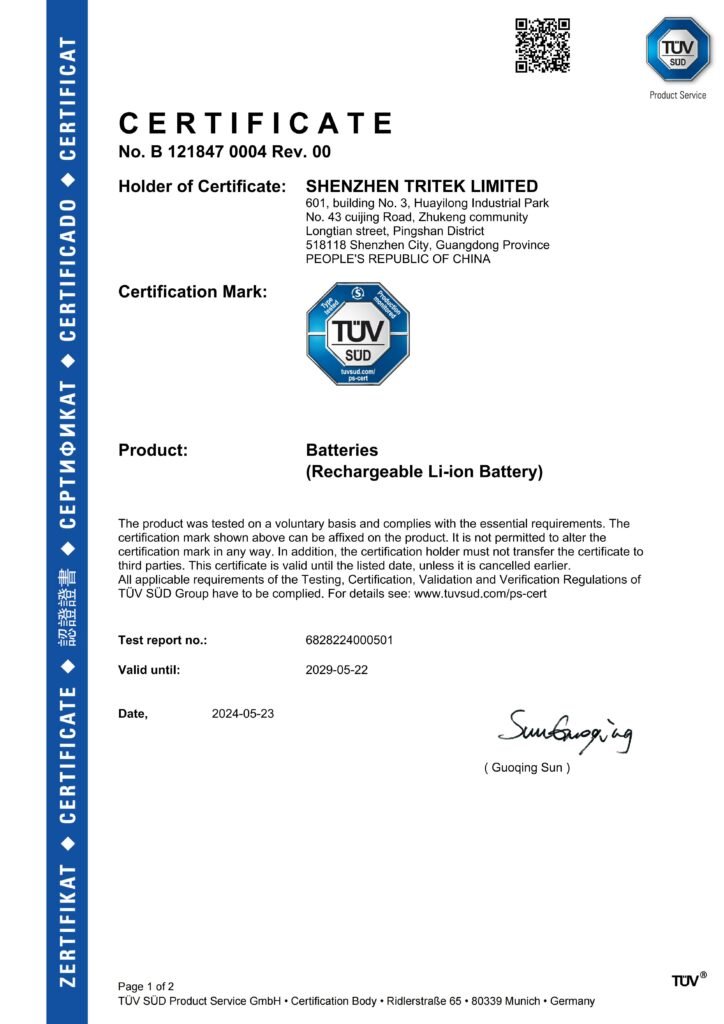
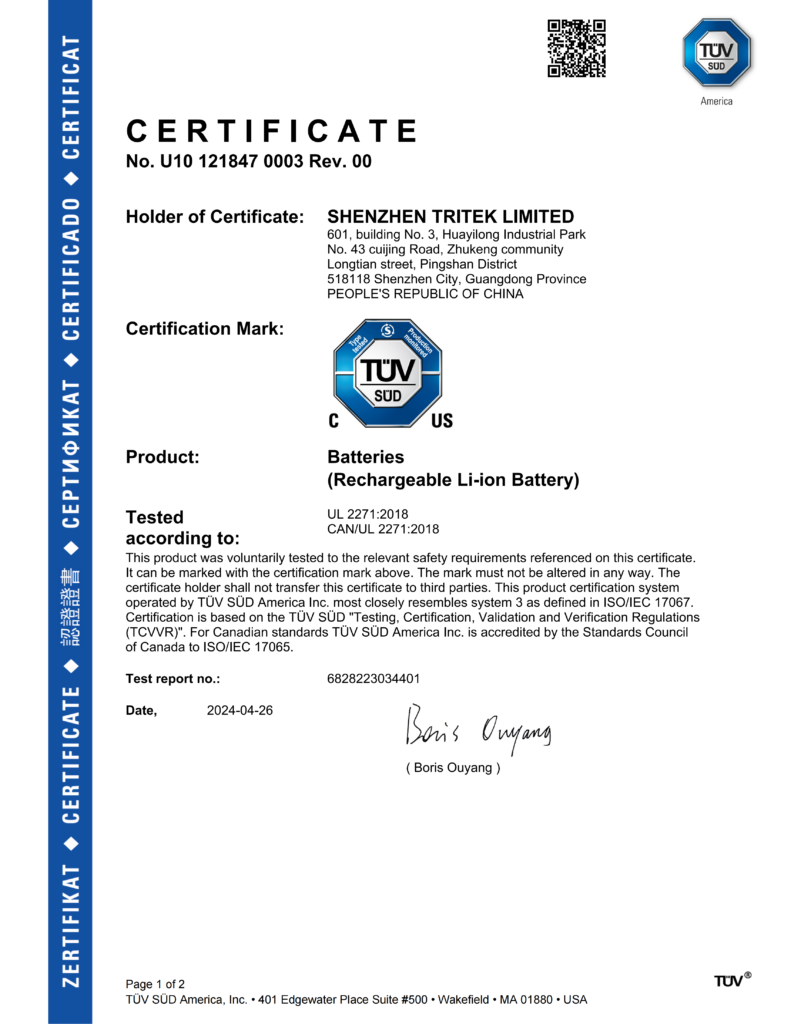
Configuration Style
Battery configuration affects performance flexibility and vehicle design:
- Single Battery System: Simple, lightweight, and easy to maintain. Best for basic LEVs.
- Dual Battery System: Offers extended range and hot-swapping capability. Ideal for delivery LEVs or long-distance use (Tritek offers standout solutions here.).
- Multi-Battery System: Combines packs in parallel or series to boost power or capacity. Suitable for fleet systems or large vehicles (also supported by Tritek).
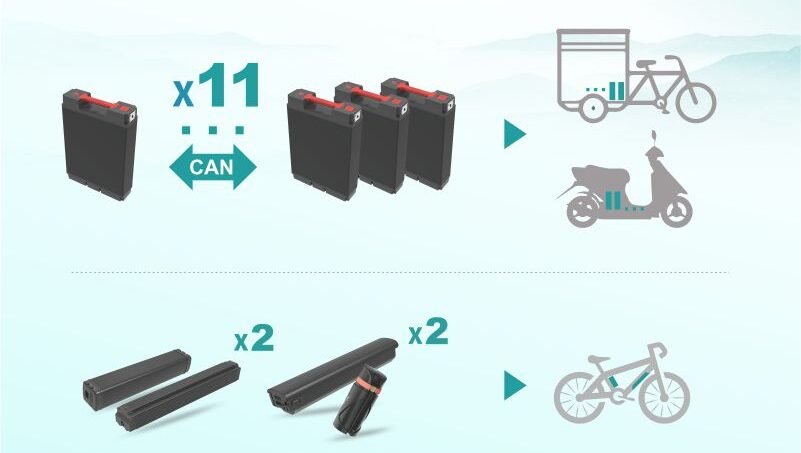
Physical & Construction-Based
How the battery is built and integrated also plays a role in LEV design.
- Integrated Batteries: Housed within the frame—common in sleek e-bikes. Offers good aesthetics but limited capacity and non-removable.
- Removable Battery Packs: Used in scooters and rental fleets. Enable fast swapping but require strong connectors and waterproofing.

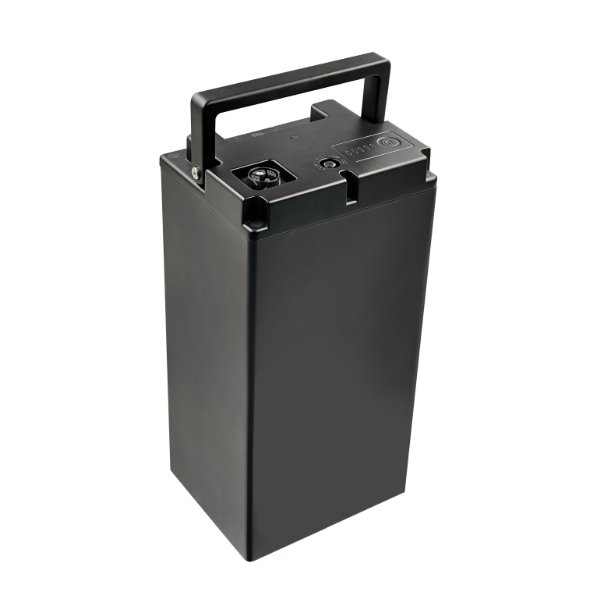
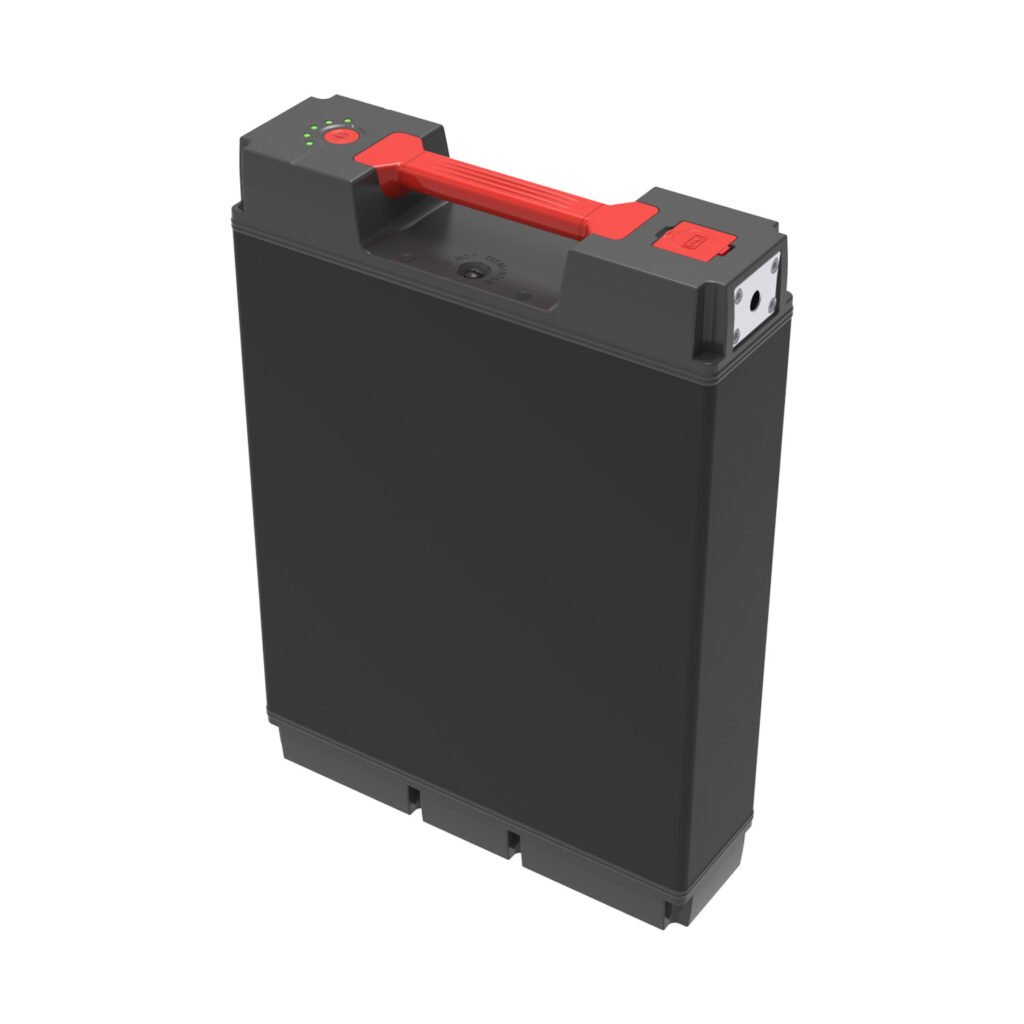
How Tritek Covers All LEV Battery Classifications
At Tritek, we engineer battery packs that meet every LEV type—from chemistry (Li-ion, LiFePO4) to voltage classes (Class A & B), from single and dual-battery configurations to smart BMS integration. Our packs are certified under UL2271, EN50604, and IEC62133 and built with aluminum housings for extra safety and durability. Whether it’s for a lightweight commuter bike or a high-performance cargo vehicle, Tritek provides custom battery solutions to match.
Conclusion
LEV batteries aren’t one-size-fits-all. Their classifications—from chemistry and voltage to configuration and compliance—determine how well they perform, how safe they are, and what vehicles they suit best. By understanding these categories, businesses and OEMs can make informed battery choices that optimize range, safety, and cost. For tailored solutions that meet all classifications and global standards, consult with experts like Tritek, your trusted partner in LEV battery innovation.
FAQs
What role does the electrolyte play in lithium-ion batteries used in LEVs?
The electrolyte in lithium-ion batteries is a critical component that enables lithium ions to move between the battery’s cells during charging and discharging. This process allows the battery to store and release energy efficiently, powering LEVs like e-bikes and scooters. A stable electrolyte enhances performance and reduces the risk of fire, ensuring safety and reliability.
Why do lithium-ion batteries have a high cost compared to other types for LEVs?
Lithium-ion batteries carry a high cost due to their advanced materials (like lithium and cobalt) and complex production, unlike cheaper alternatives like lead-acid. The difference lies in their superior energy density and longevity, justifying the expense for LEVs needing range and efficiency, such as micro-cars. Their cells offer better performance, offsetting the initial investment.
How is fire safety managed in the cells of LEV batteries?
Fire safety in LEV batteries, especially those with lithium-ion cells, is managed by using stable chemistries (e.g., LiFePO4), advanced Battery Management Systems (BMS) to regulate charging and discharging, and compliance with standards like EN 50604 and UL 2271. These measures prevent overheating and thermal runaway, minimizing fire risks in high-performance LEVs.
Read more:


